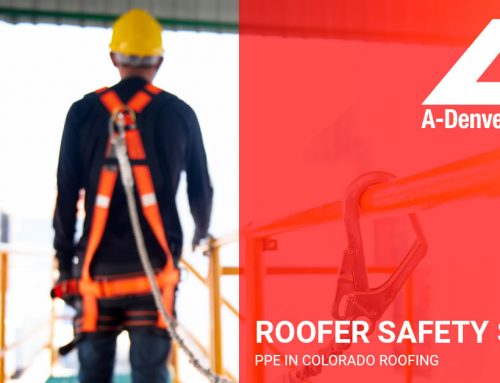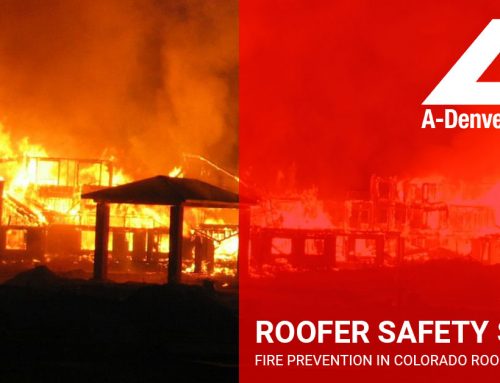What is a Caught-In or Caught-Between Hazard?
- A roofer being squeezed, caught, crushed, pinched or compressed
- Result in crushing injuries between objects or parts of an object
- Include caught or crushed in equipment, between smashing objects or a moving and a stationary object, between two or more moving objects
Examples Recorded as Caught-In or Caught-Between Hazards
- Cave-ins during trenching
- Being caught or pulled in machinery or equipment
- Roofer being compressed or crushed between objects that roll, slide, or shift (i.e. semi-trailers and a wall, truck frame and a lowering crane with materials)
- Roofer’s thumb caught in saw and amputated
- Roofer working in an aerial lift was killed when he became pinned between the I-beam and the manlift control panel
What are the common types of caught-in or caught-between hazards in roofing?
- Machinery with moving parts that are not guarded
- Buried-in or buried-by hazards
- Pinned between hazards
Conditions Contributing to Caught-In or Caught-Between Hazards
- Machinery with unguarded moving parts
- Failure to properly lock-out machinery with moving parts during maintenance
- Excavations and trenches that are not protected properly
- Tipping equipment
- Walls that collapse during demolition
- Work performed between moving materials and immovable structures
OSHA Regulations – 1926.300
- OSHA Regulations dictate tools be maintained in safe condition
- Various tools have specific requirements in regards to guards
- 1926.300(b)(1) – Power-operated tools must have guards when they are being used
- 1926.300(b)(2) – All belts, gears, shafts, pulleys, sprockets, spindles, drums, fly wheels, chains, or other moving parts of equipment must be guarded if parts come into contact with employees
How can I protect myself from caught-in or caught-between hazards?
- Use properly guarded machinery
- Use methods to support, secure, and make every machine safe
- Protect yourself from becoming pinned between objects
- Protect yourself on excavation sites
- Training
- Be aware of materials around you and ensure they are properly stacked to avoid deadly crushing injuries
Using Properly Guarded Machinery
- Never remove a safety guard while a tool is in use
- Hazardous parts need to be guarded
- Belts, gears, shafts, pulleys, sprockets, spindles, drums, fly wheels, chains, or other reciprocating, rotating, moving parts
- Avoid wearing loose clothing or jewelry
Making Every Machine Safe
- De-energize equipment
- Disconnect tools when not being used, before they are serviced, when parts are changed
- Turned off and completely shut down
- Lock-0ut power source if possible
- Lower or block blades of bulldozers, scrapers and similar equipment when not in use
Protecting Yourself from Being Pinned Between Objects
- Know the equipment around you
- Maintain safe distances
- Do not place yourself between moving materials and an immovable structure, vehicle or stacked materials
- Stabilize and secure all loads
- Stay out of swing radius of cranes and other equipment
- Always wear a seatbelt if required
The final way that you can protect yourself on the jobsite from caught-in or caught-between hazards is by having the proper training. You should always be trained on the equipment that you will be using as well as the hazards that are unique to your job. Thi s will help to identify and prevent hazards and injuries on your jobsite.






